Art World
Grit, Glamour, and Lots of Great Art: Basel Social Club Was the Buzziest Place to Be During Art Basel
Tens of thousands of visitors have been streaming through the second edition of the event, which took place in an old factory.
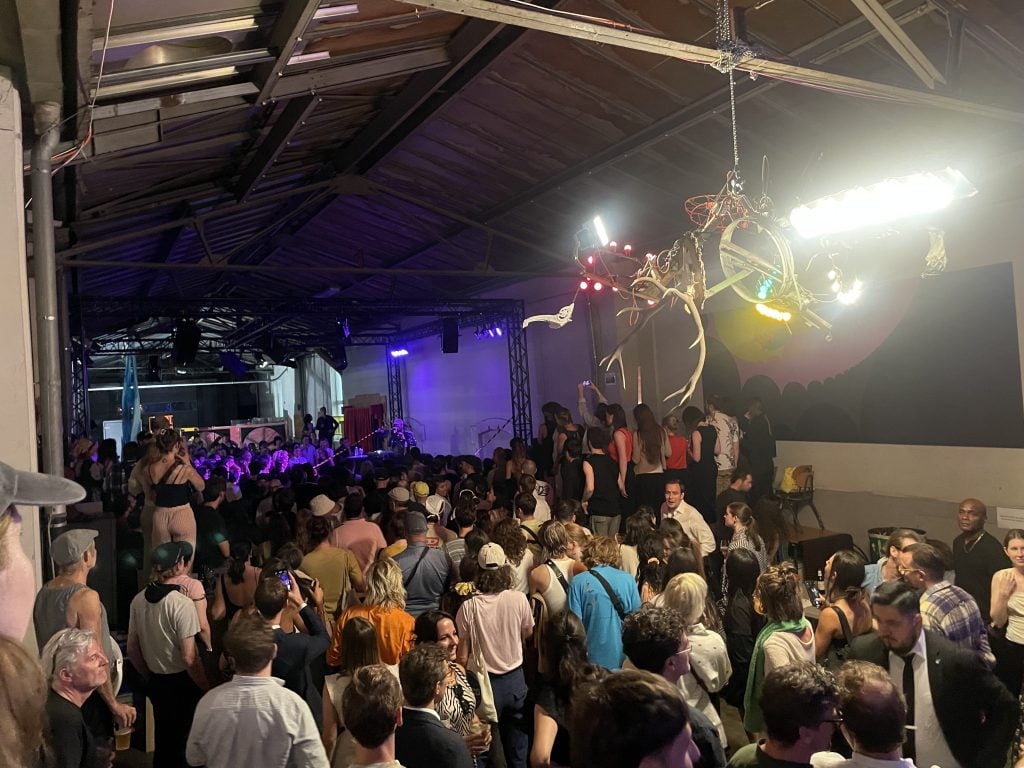
Tens of thousands of visitors have been streaming through the second edition of the event, which took place in an old factory.

Kate Brown

After its opening last year in a 1930s villa, Basel Social Club—an informal exhibition and non-fair selling event—has scaled up its ambitions. This week, the BSC, as it’s sometimes known, has a constant itinerary of music and performances, as well as dining, all set in a disused mayonnaise factory.
“It’s giving Liste 2004,” said a gallery director, who had a booth at Art Basel but a drink in hand at Basel Social Club.
There are hundreds of artworks, from delicate works on paper to a massive interactive blow-up sculpture by Viennese artist Selina Traun, all of which was spread out on several floors. Given that it is just a short tram ride away from the titanic Messeplatz, the boothless industrial oasis of Basel Social Club is high-reward and low-stakes for exhibitors and visitors alike. It is free to enter. Collectors can buy art off the wall (and many did) that was priced between the low thousands and the upper tens of thousands.
And, truly, everyone was talking about it. From the patio of the five-star Trois Rois hotel to the lineup for weisswurt at the Messeplatz atrium, the most commonly overheard question this week was “Are you going to Basel Social Club?” to which the equally common answer was “definitely.” The spillover, in actual numbers shared by the event, was huge: every day 5,000 visitors passed through its door.
In one open-air area, tacos are for sale for about 6 swiss francs, which one Californian gallerist told me were are actually very good—a rarity in Europe. If you’re really looking for a meal, though, Basel Social Club also has a long-table sit-down restaurant, organized by a Basel culinary collective, which is by now completely booked out. There, the windows boast a large architectural intervention of film foils by U.S. artist Margaret Honda, presented by the Berlin Galerie Molitor. The poetic installation, available for €65,000, delicately altered the lighting in the room in late afternoon, casting gentle blocks of different colors onto the floor and ceiling.
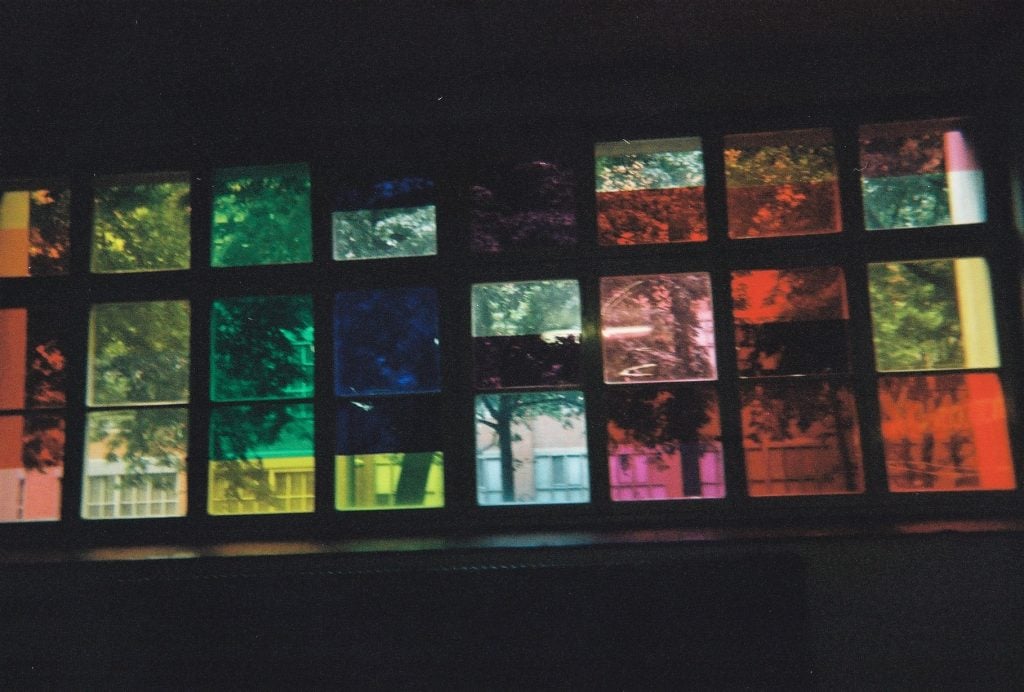
Image of Margaret Honda’s work Film (Basel Social Club), presented by Galerie Molitor. Image part of Gina Folley’s collaborative project for Basel Social Club, where children were given disposable cameras to document the event and its art. Courtesy Gina Folley and Basel Social Club
More than a few times, dealers showing work there caught themselves very nearly calling it a fair, or describing their work presentations as booths. In spite of those old reflexes, it’s not a fair, at least not as we know it.
The concept of the selling exhibition slash hang-out is well-wrought. Scrappy-meets-splendid is something Swiss kids are known to do well, and it is a practice exacted with finesse, where Basel art students brush shoulders with collectors like Maja Hoffman. You could roll your loose tobacco into a cigarette on a bar built from the Swiss modular design classic USM. An Asian collector recalled to me, appreciatively, over loud music, that these are also a feature of Art Basel’s VIP lounges.
Throughout the venue’s multiple floors, artworks were installed without didactic panels or wall labels, the best spots of which were the huge production silos that made for great friction with the softly hued paintings but accommodated ambitiously scaled sculpture. After a few gently laid complaints from art advisors and collectors on Twitter, some printout floor maps appeared here and there, making the space slightly more navigable.

Image part of Gina Folley’s collaborative project for Basel Social Club, where children were given disposable cameras to document the event and its art. Courtesy Gina Folley and Basel Social Club
Former global director of Art Basel Marc Spiegler was serving negronis at one silo on Wednesday night, as a rather clueless visitor slipped into a sculpture of a larger-than-life pair of flipflops by Hana El Sagini for a photo opportunity with her friends. As the night progressed, the building was shaking from Mykki Blanco’s energetic performance as a rush hit the event after the actual fairs closed. One floor above, you could make a phone call in the quietest bar I have ever been to, an installation by a Swiss art collective where you could order a drink but you were only allowed to whisper what you wanted.
Outside, post-art fair arrivals queued up anxiously, hoping to get let in before the clock struck midnight and the event shut down. From that hour on, people flowed out of the venue to split cabs to various after parties, deejayed by either Tolga or Juliana Huxtable, respectively.
Founded in 2022 by a small consortium of dealers, curators, and artists—some of whom have their bases in Switzerland and the rest of whom are Basel-attending vets—the Basel Social Club makes space for seeing art and hanging out without the financial pressure or restrictions of typical fairs. One dealer who was presenting work there said there was a strong community feeling, and that dealers were selling on behalf of one another.
“As a someone from Basel, the local people here have a certain capacity to make a good party and to host people, and this has fallen into the background,” amid the at times transactional nature of the main fair, said one of the founders, Basel dealer Dominik Müller. “If we throw a good event, the international people like it. Without knowing it, people missed that.” The event will surely continue, but it may move to a new location again. The current venue is being transformed into a cultural venue, as The Art Newspaper reported.
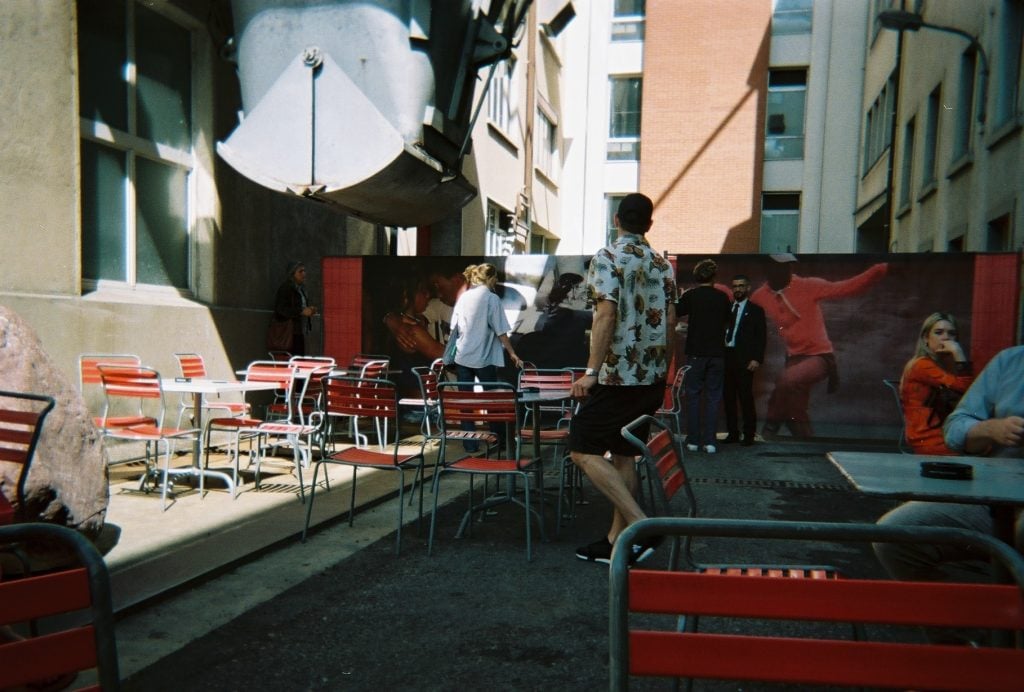
Image part of Gina Folley’s collaborative project for Basel Social Club, where children were given disposable cameras to document the event and its art. Courtesy Gina Folley and Basel Social Club
And Basel Social Club drew a true mix, with locals mingling among international VIPs, including the Miami-based Rubells, Turin’s Patrizia Sandretto Re Rebaudengo, and Tiffany Zabludowicz from London, each of whom are known, in their own way, for collecting emerging artists who are on their way to becoming major stars.
Müller himself is an interesting case study of the kinds of dealers and programs that can fall through the cracks of the usual fairs. He is a young dealer who opened in 2018 in the Canton, and he works mostly with estates and the secondary market—too aged as a program for Liste, but too young as a gallery for Art Basel (for now).
Some of the most compelling works that I saw were from older artists. Margaret Honda is 62. Mueller presented a large painting by the acclaimed German artist Karl Horst Hoedicke, available for 100,000CHF ($112,000)—he is 85—as a secondary market piece. Work by Mira Schor was on view with Marcelle Alix, Paris, and Rome gallery Studioli had work by Rochelle Feinstein, one year after a cohort of mid-sized galleries worked together to relaunch the artist’s career on an international stage.
Chris Sharp, who presented at Art Basel Miami Beach and Paris+ last year, and at the June Art Fair in 2019, had a series of paintings by Altoon Sultan, who is 74 years old. The luminous small canvases, abstractions of industrial machinery, construct a smart contrast within the intimidating architecture of the former factory.
Sharp had sold out of the works he brought to Switzerland, which were each priced at $16,000, via a mix of pre-sales and in-person sales. “You can’t really show this kind of work at Liste,” he noted. “Sultan has had this amazing career but she has been marginalized for the last 20 years, with very few people being aware of her beyond a coiterie of New York artists.” Hollybush Gardens was also presenting work by Sultan at their booth at Art Basel.
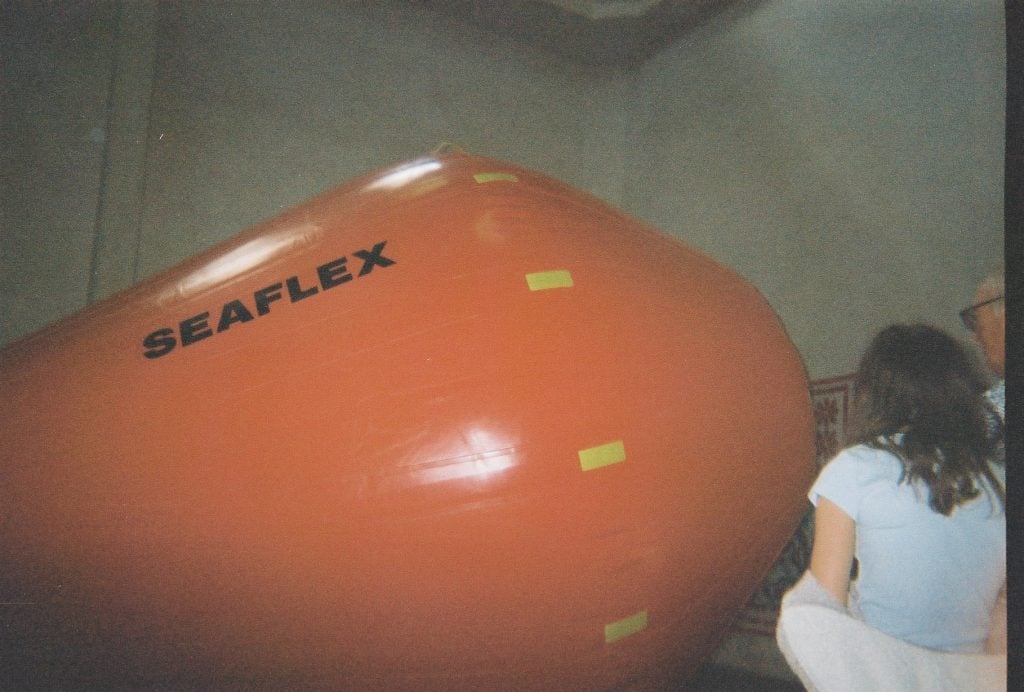
Image part of Gina Folley’s collaborative project for Basel Social Club, where children were given disposable cameras to document the event and its art. Courtesy Gina Folley and Basel Social Club
Private collector Esther Grether loaned works from her collection to put on view, including local stars from the 20th century like Jean Tinguely (there is a whole museum named in his honor in Basel). That’s not something that would happen at a fair, but the works helped texturize the many younger positions on view, including Magnus Andersen, Hadi Falapishi, and Matt Copson—the latter of whom presented a show-stopping booth at Art Basel Statements in 2021.
The young photo-based artist Gina Folly was also presenting work at Basel Social Club, coinciding with her exhibition at Kunstmuseum Basel, which marks her reception of the 2023 Manor Art Prize. On the opening day of Basel Social Club, she had created another project of sorts, giving 15 kids disposable cameras to document “installation views” of the art however they saw fit. Turns out all Basel needs for a little refresher was some new perspectives.
See more of Gina Folly and co.’s images below.
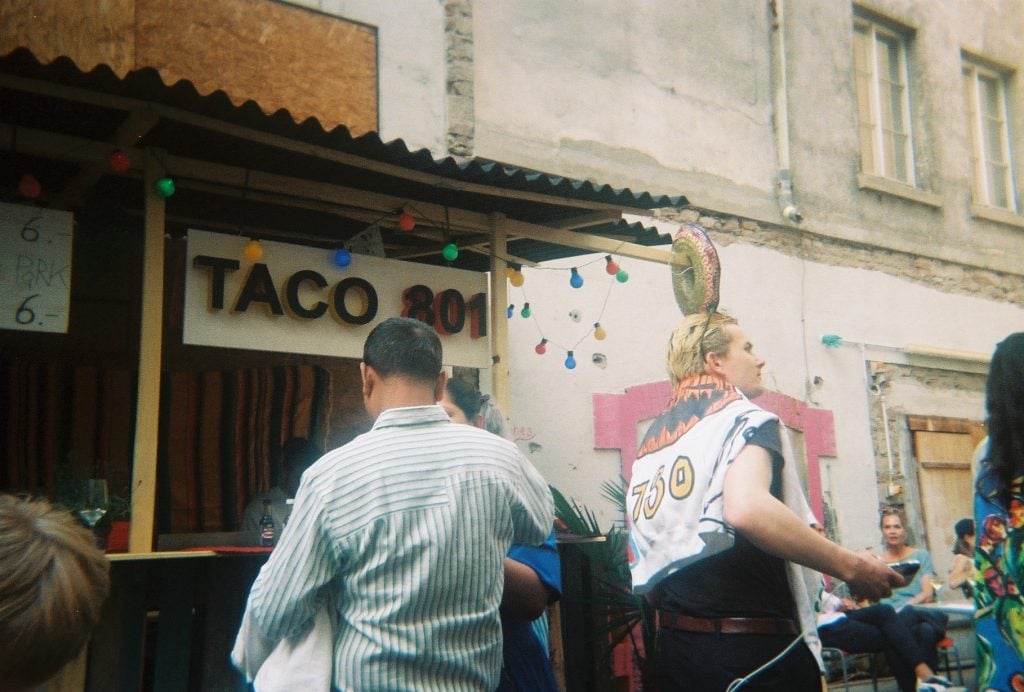
Image part of Gina Folley’s collaborative project for Basel Social Club, where children were given disposable cameras to document the event and its art. Courtesy Gina Folley and Basel Social Club
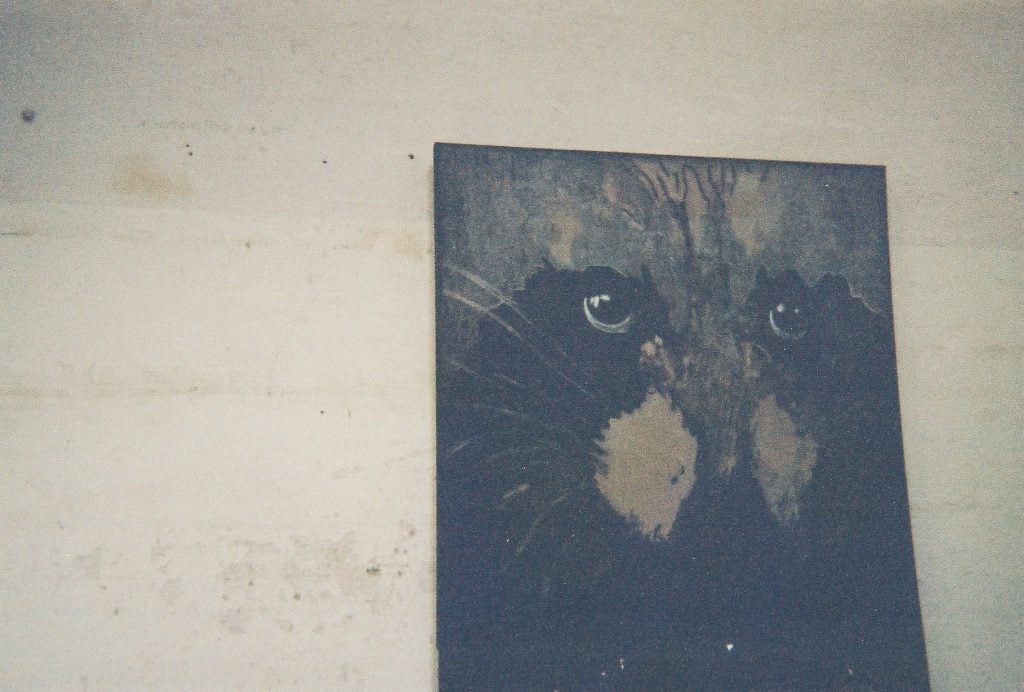
Image part of Gina Folley’s collaborative project for Basel Social Club, where children were given disposable cameras to document the event and its art. Courtesy Gina Folley and Basel Social Club
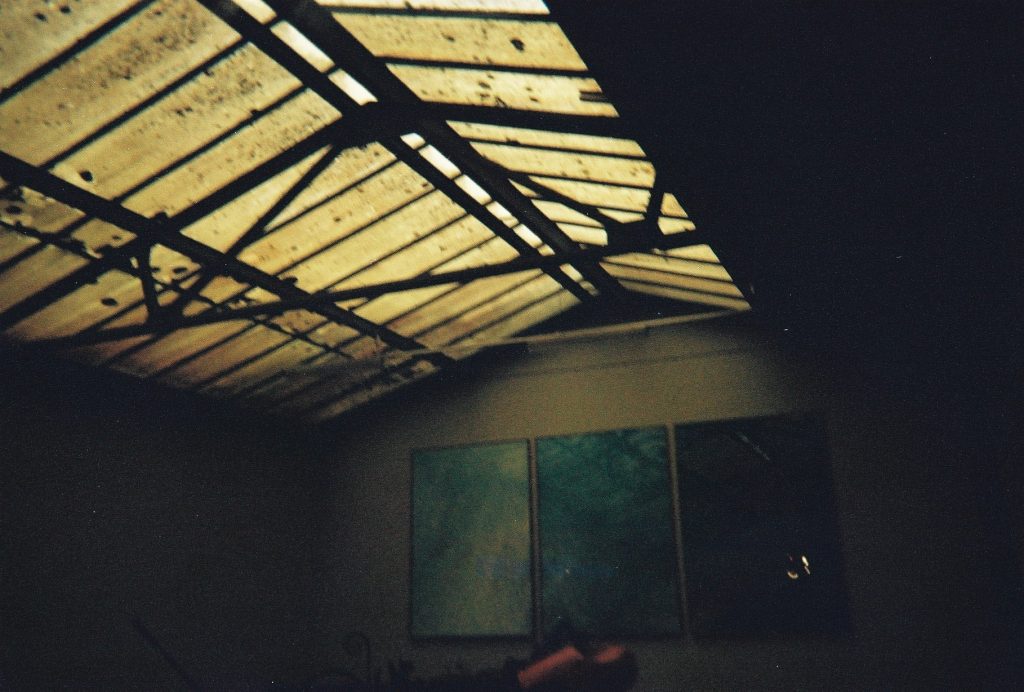
Image part of Gina Folley’s collaborative project for Basel Social Club, where children were given disposable cameras to document the event and its art. Courtesy Gina Folley and Basel Social Club

Image part of Gina Folley’s collaborative project for Basel Social Club, where children were given disposable cameras to document the event and its art. Courtesy Gina Folley and Basel Social Club
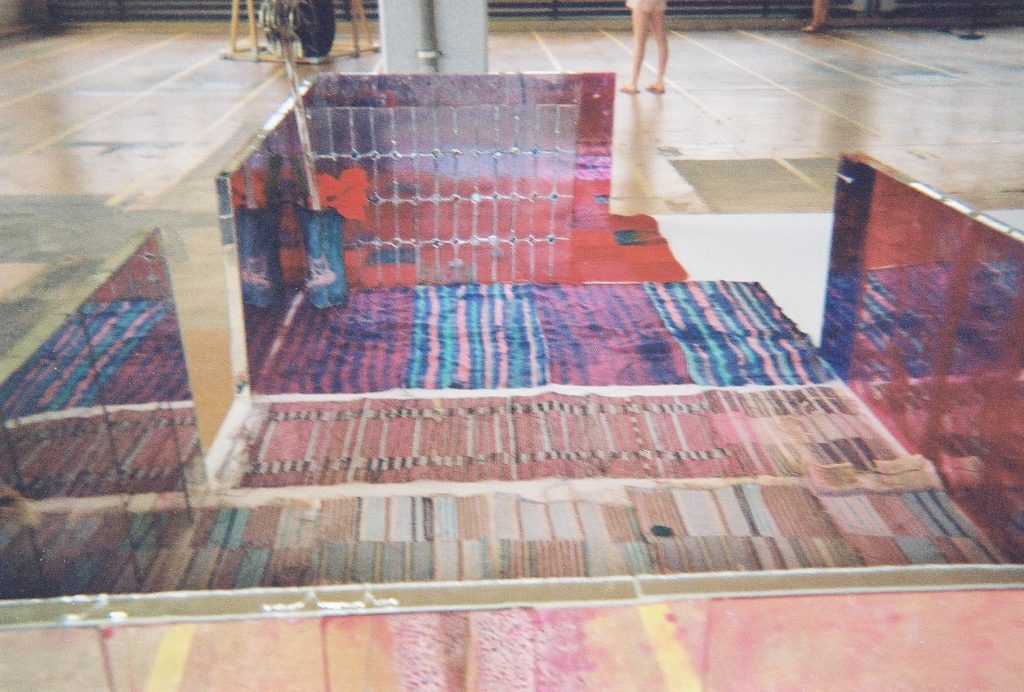
Image part of Gina Folley’s collaborative project for Basel Social Club, where children were given disposable cameras to document the event and its art. Courtesy Gina Folley and Basel Social Club
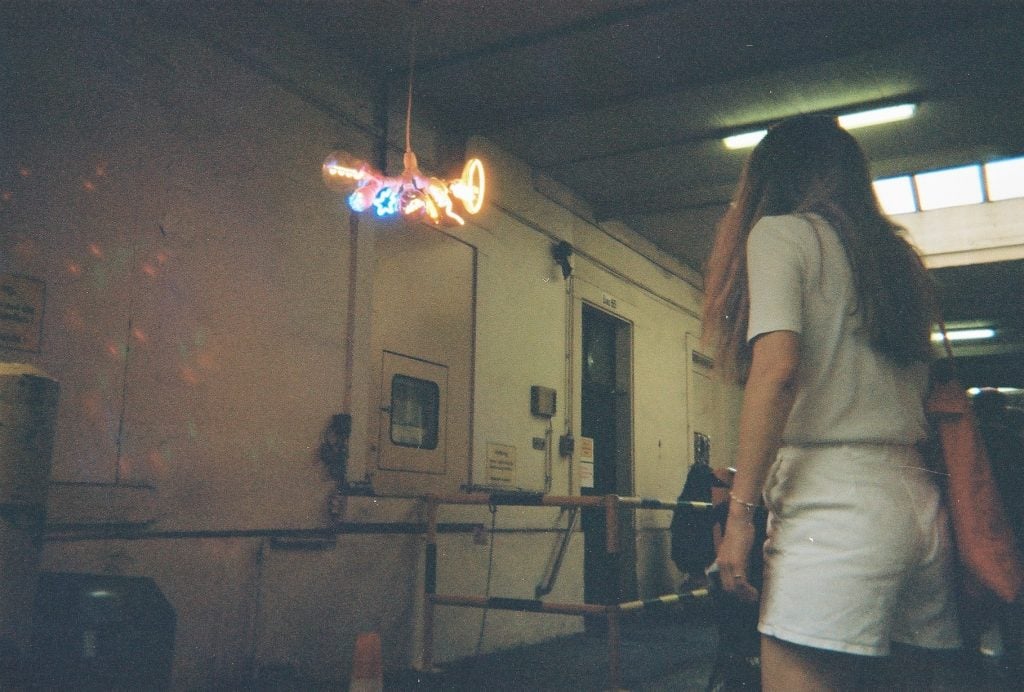
Image part of Gina Folley’s collaborative project for Basel Social Club, where children were given disposable cameras to document the event and its art. Courtesy Gina Folley and Basel Social Club
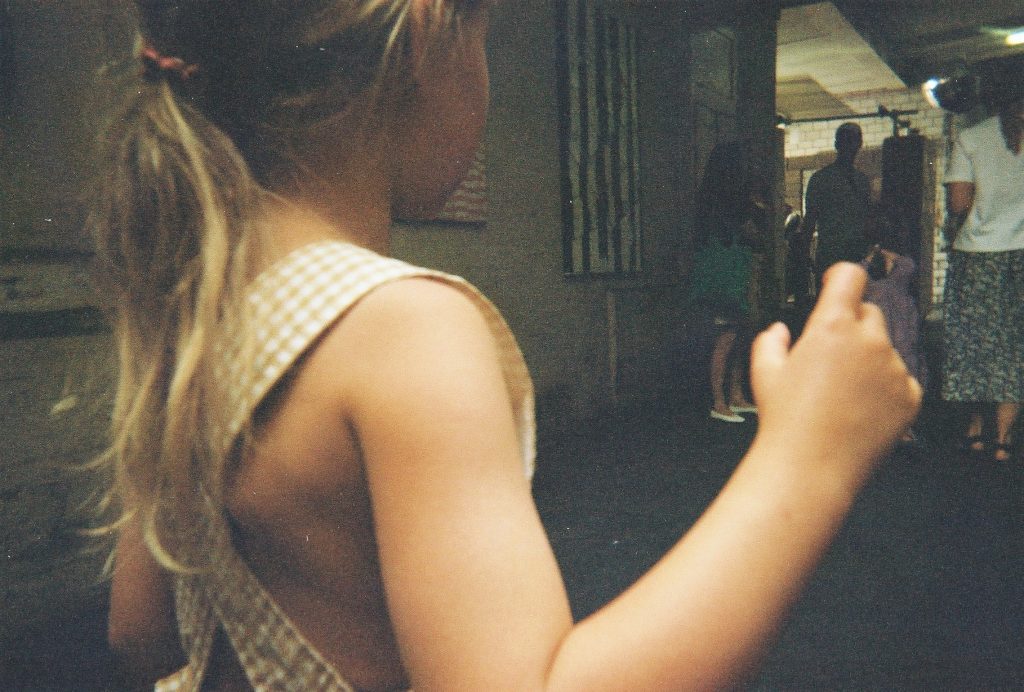
Image part of Gina Folley’s collaborative project for Basel Social Club, where children were given disposable cameras to document the event and its art. Courtesy Gina Folley and Basel Social Club
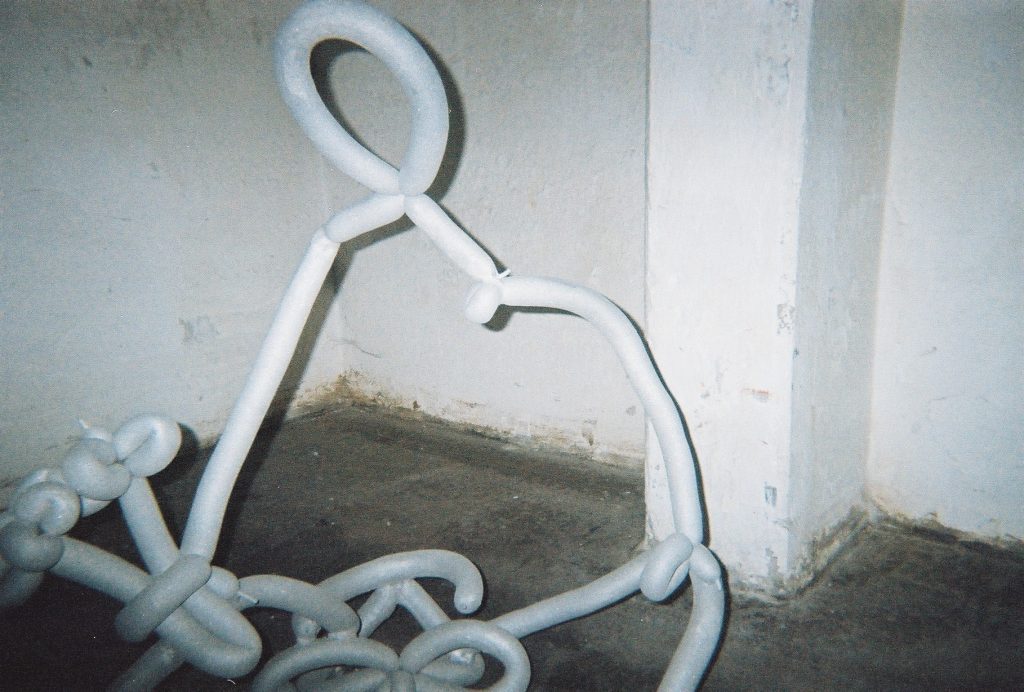
Image part of Gina Folley’s collaborative project for Basel Social Club, where children were given disposable cameras to document the event and its art. Courtesy Gina Folley and Basel Social Club
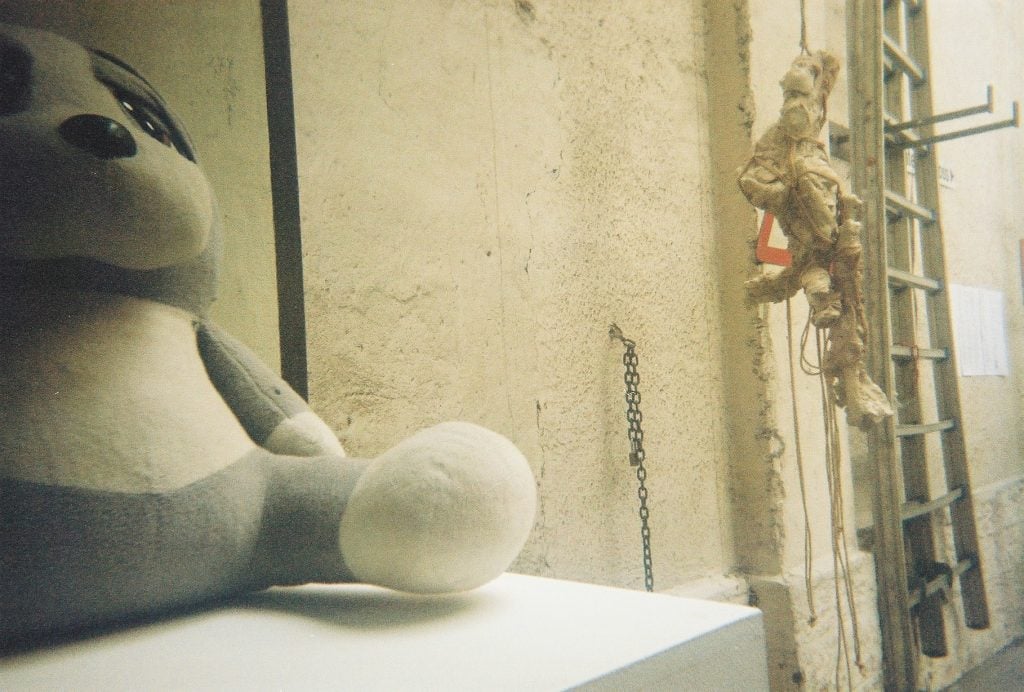
Image part of Gina Folley’s collaborative project for Basel Social Club, where children were given disposable cameras to document the event and its art. Courtesy Gina Folley and Basel Social Club

Image part of Gina Folley’s collaborative project for Basel Social Club, where children were given disposable cameras to document the event and its art. Courtesy Gina Folley and Basel Social Club
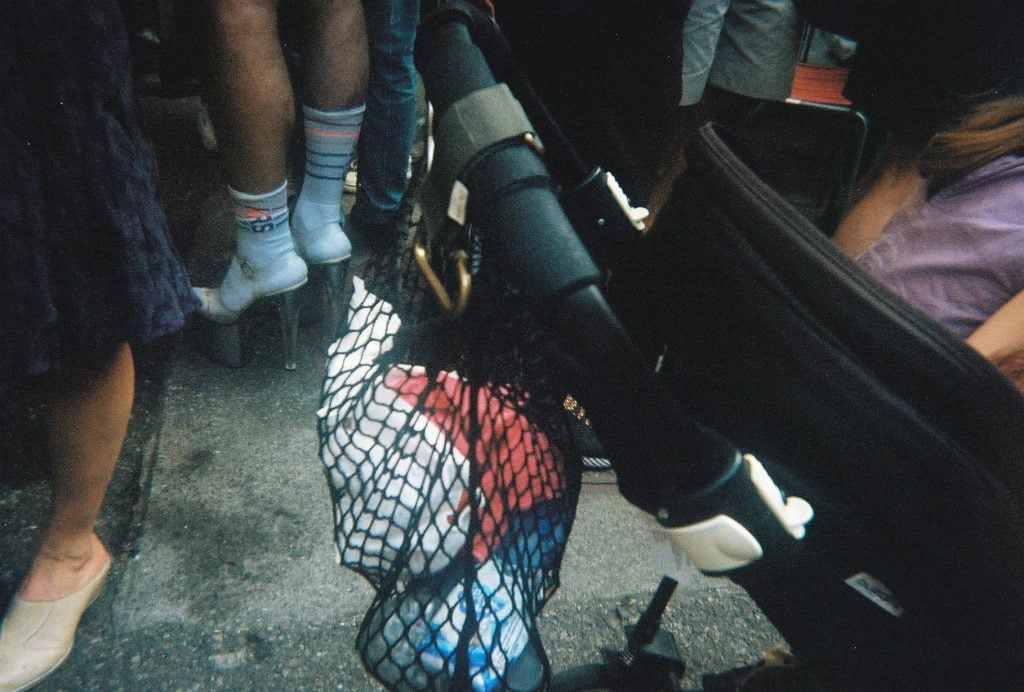
Image part of Gina Folley’s collaborative project for Basel Social Club, where children were given disposable cameras to document the event and its art. Courtesy Gina Folley and Basel Social Club
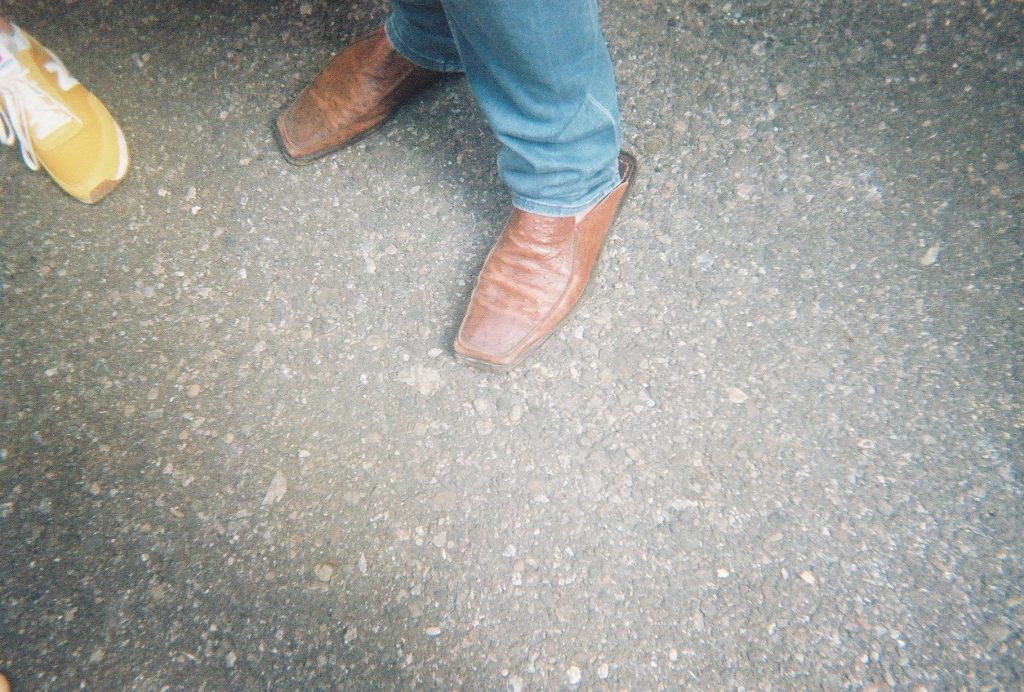
Image part of Gina Folley’s collaborative project for Basel Social Club, where children were given disposable cameras to document the event and its art. Courtesy Gina Folley and Basel Social Club
More Trending Stories:
Is Time Travel Real? Here Are 6 Tantalizing Pieces of Evidence From Art History